Home>Dining>Tableware>What Kind Of Paint Do You Use On A Dining Table?
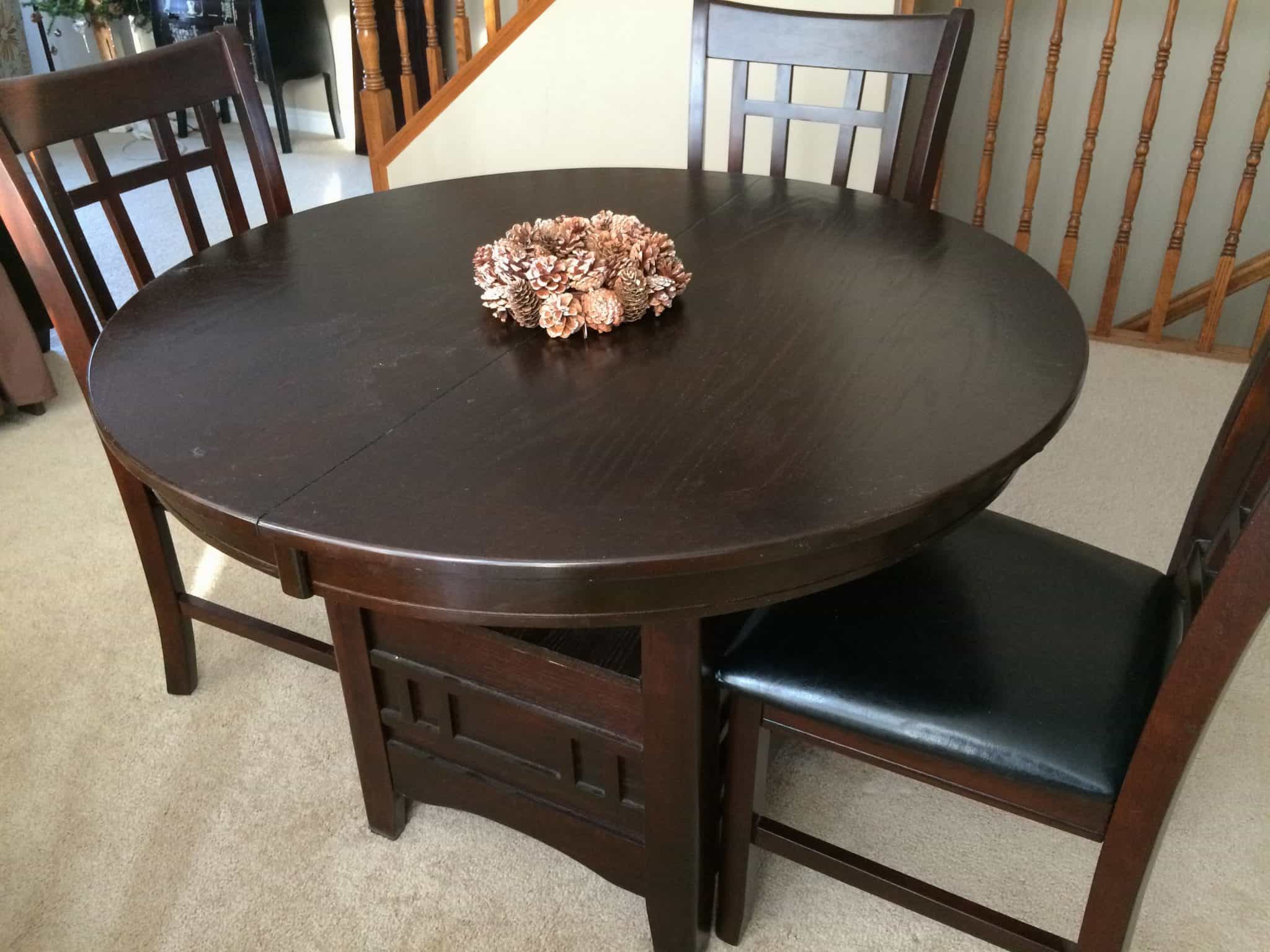

Tableware
What Kind Of Paint Do You Use On A Dining Table?
Modified: March 2, 2024
Discover the best paint for your dining table! Find out which type of paint is ideal for your tableware and get expert tips for a flawless finish.
(Many of the links in this article redirect to a specific reviewed product. Your purchase of these products through affiliate links helps to generate commission for Storables.com, at no extra cost. Learn more)
Introduction
Having a beautiful and well-maintained dining table can greatly enhance the overall aesthetic of your dining area. However, after years of use, your dining table may start to look dull, scratched, or outdated. Painting your dining table can be a cost-effective and rewarding way to transform its appearance and breathe new life into your space.
When it comes to painting a dining table, choosing the right type of paint is crucial to ensure a durable and long-lasting finish. Factors such as the material of your table, its current condition, and the desired look and feel will influence the paint selection process. In this article, we will explore different types of paint suitable for dining tables, and provide tips on preparation, application techniques, and maintenance.
Before diving into the specifics of different types of paint, it’s essential to consider a few factors. Firstly, assess the condition of your dining table. If it has a glossy or varnished finish, you may need to sand it down or use a primer to create a suitable surface for painting. Additionally, consider the style and aesthetic you want to achieve. Do you prefer a modern, sleek look or a vintage, distressed appearance?
Now, let’s delve into the various types of paint that are commonly used for dining tables. Each type has its own unique characteristics, advantages, and considerations.
Key Takeaways:
- Transform your dining table with the right paint choice, from latex for quick drying and durability to chalk for a vintage look. Proper preparation and sealing ensure a long-lasting, personalized finish.
- Consider factors like material, desired look, and maintenance when choosing paint. Embrace creativity with layering and blending techniques for a unique, professional result. Regular maintenance preserves the beauty of your painted dining table.
Factors to Consider
Before deciding on the type of paint to use on your dining table, there are a few important factors to consider. These factors will help you make an informed decision and ensure a successful painting project.
1. Table Material: The material of your dining table plays a significant role in determining the type of paint you should use. Different materials like wood, laminate, or metal may require different preparation and priming techniques, as well as specific types of paint that adhere well to the surface.
2. Current Surface Finish: Assess the current finish of your dining table. If it has a glossy or varnished finish, it’s important to sand it down or use a primer to create a suitable surface for painting. This step ensures better adhesion and a more even finish.
3. Desired Look and Feel: Consider the style and aesthetic you want to achieve with your painted dining table. Are you going for a sleek and modern look, or do you prefer a distressed or vintage appearance? Different paint types can help you achieve different finishes, so it’s important to have a clear vision of the desired outcome.
4. Durability and Maintenance: Think about the durability and maintenance requirements of the paint you choose. Dining tables are subject to frequent use, spills, and cleaning. It’s important to select a paint that can withstand these factors and is easy to maintain over time.
5. Time and Budget: Consider your time and budget constraints for the project. Some types of paint may require more preparation or multiple coats, which can affect the overall cost and time investment. Find a balance between the desired quality and the resources you are willing to allocate for the painting project.
By taking these factors into account, you can make an informed decision about the type of paint that will best suit your dining table and meet your specific requirements. Let’s now explore the different types of paint that are commonly used for dining table makeovers.
Types of Paint for Dining Tables
When it comes to painting a dining table, there are several types of paint to choose from. Each type has its unique characteristics and advantages, so it’s important to consider your specific needs and desired outcome. Here are some commonly used types of paint for dining tables:
1. Latex Paint: Latex paint, also known as water-based paint, is a popular choice for dining tables. It is easy to use, dries quickly, and provides a durable finish. Latex paint comes in a wide range of colors and finishes, allowing you to customize the look of your dining table to match your decor. It is also low in odor and easy to clean up with soap and water.
2. Chalk Paint: Chalk paint has gained popularity in recent years for its rustic and vintage appeal. It has a matte finish with a chalky texture, which can be desirable for achieving a distressed or shabby chic look. Chalk paint adheres well to different surfaces, including wood, metal, and even laminate, eliminating the need for extensive priming or sanding. It is also versatile in terms of creating various decorative effects, such as layering or distressing.
3. Milk Paint: Milk paint is a natural and eco-friendly paint option for dining tables. It is composed of milk protein, lime, pigment, and a binding agent. Milk paint provides a smooth, matte finish and has a unique ability to create an authentic aged appearance. It is available in a variety of colors and can be used to achieve both modern and vintage looks.
4. Oil-Based Enamel Paint: Oil-based enamel paint is another durable option for dining tables. It provides a smooth and glossy finish that is resistant to everyday wear and tear. Oil-based enamel paint is ideal for high-traffic areas and is known for its excellent adhesion and longevity. However, it has a strong odor and requires more time for drying and curing.
These are just a few examples of the types of paint commonly used for dining tables. It’s important to read the manufacturer’s instructions and consider the specific requirements of your project to ensure the best outcome.
In the next section, we will discuss the preparation and priming process necessary for painting your dining table.
Latex Paint
Latex paint, also known as water-based paint, is a versatile and popular choice for painting dining tables. It offers numerous benefits and is widely available in different colors and finishes. Here’s everything you need to know about latex paint for your dining table makeover.
Advantages of Latex Paint:
- Ease of use: Latex paint is user-friendly and easy to work with, even for beginners. It has a smooth consistency that makes it easy to apply and provides good coverage.
- Drying time: One of the major advantages of latex paint is its quick drying time. It typically dries within a couple of hours, allowing for multiple coats to be applied in a relatively short time span.
- Durability: Latex paint is known for its durability and resistance to scratches and wear. It can withstand regular use and cleaning, making it a suitable choice for a dining table that experiences heavy daily use.
- Wide range of colors and finishes: Latex paint comes in a vast array of colors and finishes, allowing you to choose the perfect shade and sheen for your dining table. Whether you prefer a matte, satin, or gloss finish, you’re sure to find a latex paint that matches your desired aesthetic.
- Clean up: Cleaning up after using latex paint is a breeze. Since it is water-based, all you need is soap and water to clean your brushes and other painting tools.
Application Tips:
- Preparation: Properly prepare your dining table before applying latex paint. Remove any loose or peeling paint and sand down any rough areas. Clean the surface thoroughly to ensure good adhesion.
- Priming: Depending on the condition and type of your table, you may need to apply a primer before painting with latex paint. Primer helps to seal the surface, provide better adhesion, and enhance the longevity of the paint job.
- Multiple coats: For a smooth and even finish, apply multiple coats of latex paint. Allow each coat to dry completely before applying the next one. This will ensure a solid and consistent color coverage.
- Brush or roller: Latex paint can be applied using a brush, roller, or sprayer. While a brush allows for more control and precision, a roller is more efficient for covering larger surfaces. Experiment with different applicators to find the one that works best for you.
Latex paint can transform your dining table into a stylish focal point of your dining area. Its easy application, quick drying time, durability, and wide range of color options make it a popular choice for DIY enthusiasts and professionals alike. Whether you prefer a bold and vibrant look or a subtle and neutral tone, latex paint can help you achieve the perfect finish for your dining table makeover.
Next up, we will explore another popular paint option for dining tables – chalk paint.
Chalk Paint
Chalk paint has gained significant popularity in recent years for its unique and charming finish. It is known for its matte, chalky texture and its ability to create a rustic and vintage look. Here’s everything you need to know about using chalk paint for your dining table.
Advantages of Chalk Paint:
- Ease of use: Chalk paint is known for its user-friendly application. It has a thick consistency that covers well and adheres to various surfaces, including wood, metal, and even laminate, without requiring extensive sanding or priming.
- Distinctive matte finish: One of the standout features of chalk paint is its matte finish. This finish lends a unique charm to furniture, giving it a vintage or shabby chic look. It also works well with distressing techniques, allowing you to create an aged appearance.
- Versatility: Chalk paint offers a wide range of decorative possibilities. It can be layered, sanded, or waxed to create different effects, such as a subtly worn or textured look, or a smooth and polished finish.
- Minimal odor: Unlike some other types of paint, chalk paint generally has a low odor, making it suitable for indoor use without causing strong fumes or discomfort.
- Easy cleanup: Cleaning up after using chalk paint is simple. Since it is water-based, you can easily clean your brushes and other tools with soap and water.
Application Tips:
- Surface preparation: Chalk paint adheres well to most surfaces, but it’s important to ensure that your dining table is clean and free of any oils, waxes, or loose particles. Lightly sanding the surface can help promote better adhesion.
- Testing on a sample: As chalk paint can produce different effects depending on the surface and application technique, it’s a good idea to test the paint on a small, inconspicuous area of your dining table or a sample board first. This will allow you to see how the paint behaves and adjust your technique if needed.
- Applying multiple coats: Chalk paint often requires multiple coats to achieve a consistent and opaque finish. Apply each coat evenly and allow it to dry before applying the next. Sand between coats if desired to create a smooth finish, or distress certain areas for a vintage look.
- Finishing with wax or sealer: To protect the chalk paint finish and enhance its durability, it’s recommended to apply a wax or sealer. This will provide a protective layer and give the painted surface a subtle sheen. Apply the wax or sealer according to the manufacturer’s instructions.
- Experiment and have fun: Chalk paint allows for artistic exploration and experimentation. Play with different techniques, such as layering colors, using different brushes or applicators, or distressing with sandpaper, to create a unique and personalized look for your dining table.
Chalk paint can add a touch of vintage charm and character to your dining table. Its matte finish, ease of use, and decorative possibilities make it a popular choice for those seeking a distressed or shabby chic look. Whether you’re completely transforming the appearance of your dining table or just adding subtle accents, chalk paint offers endless creative opportunities.
Next, we’ll explore another paint option that can create an authentic and aged appearance – milk paint.
Read more: What Kind Of Paint Do You Use On Stucco
Milk Paint
Milk paint is a unique and eco-friendly paint option that has been used for centuries. It is composed of milk protein, lime, pigment, and a binding agent. Milk paint provides a smooth, matte finish and has the ability to create an authentic aged appearance. Here’s everything you need to know about using milk paint for your dining table makeover.
Advantages of Milk Paint:
- Natural and eco-friendly: Milk paint is made from natural ingredients, making it a safe and environmentally friendly option for your dining table. It is free of VOCs (volatile organic compounds) often found in traditional paints.
- Authentic aged look: Milk paint has a unique ability to create an authentic, time-worn appearance. It can mimic the patina and texture of aged furniture, perfect for achieving a rustic or vintage look.
- Color versatility: Milk paint is available in a wide range of colors. It can be mixed and layered to create custom shades, allowing you to personalize the look of your dining table.
- Distinctive texture: Milk paint has a slightly textured and matte finish that adds character and depth to your dining table. This texture can be enhanced or subdued depending on your preference and the desired look.
- Minimal odor: Unlike some other types of paint, milk paint generally has a low odor, making it safe for indoor use without causing strong fumes or discomfort.
Application Tips:
- Mixing the paint: Milk paint usually comes in powder form and needs to be mixed with water. Follow the manufacturer’s instructions for the correct paint-to-water ratio and mix thoroughly to ensure a smooth consistency.
- Surface preparation: Milk paint adheres best to porous surfaces, such as raw wood or unfinished furniture. If you’re painting over an existing finish, make sure to clean the surface and lightly sand it to promote better adhesion.
- Water resistance: Milk paint, when left unsealed, is not inherently waterproof. To protect your dining table from spills and moisture, you can apply a topcoat or wax sealer after the paint has dried. This will enhance the durability and longevity of the finish.
- Creating a distressed look: If you want to achieve a distressed or worn look, you can sand the dried milk paint to expose the underlying surface. Sanding creates a lovely contrast and adds character to your dining table.
- Experimentation: Milk paint allows for experimentation and customization. You can adapt the ratio of water to paint powder for different effects, such as a more opaque or translucent finish. Test the paint on a practice piece or an inconspicuous area before applying it to the entire dining table.
Milk paint offers a unique and charming look for your dining table. Its natural composition, versatility in color, and ability to create an aged appearance make it a preferred choice for those seeking a vintage or rustic aesthetic. Whether you’re upcycling an old piece or creating a brand-new table, milk paint can transform your dining area with its distinctive texture and timeless appeal.
Now, let’s explore another paint option known for its durability and high-gloss finish – oil-based enamel paint.
When painting a dining table, use a high-quality, durable paint that is specifically designed for furniture, such as a semi-gloss or satin finish latex paint. Make sure to properly prepare the surface by sanding and priming before applying the paint for best results.
Oil-Based Enamel Paint
Oil-based enamel paint is a durable and long-lasting option for painting dining tables. It is known for its high-gloss finish and exceptional resistance to wear and tear. If you’re looking for a paint that provides a smooth and glossy finish, here’s everything you need to know about using oil-based enamel paint for your dining table.
Advantages of Oil-Based Enamel Paint:
- Durability: Oil-based enamel paint is highly durable and resistant to scratches, stains, and everyday wear and tear. It creates a hard and resilient surface that can withstand the rigors of daily use, making it an excellent choice for a heavily used dining table.
- High-gloss finish: If you prefer a shiny and polished look for your dining table, oil-based enamel paint is an ideal option. It offers a smooth and reflective finish that adds elegance and sophistication to your dining area.
- Good adhesion: Oil-based enamel paint adheres well to various surfaces, including wood, metal, and even laminate. However, it may require sanding or a primer to improve adhesion, especially if applied onto a glossy or non-porous surface.
- Long-lasting color: Oil-based enamel paint maintains its color and sheen over time, providing a vibrant and attractive appearance. It is less prone to fading or yellowing compared to other types of paint.
- Easy to clean: The smooth and glossy surface created by oil-based enamel paint is easy to clean. Spills and stains can be wiped away effortlessly, making it a practical choice for a dining table.
Application Tips:
- Surface preparation: Proper surface preparation is crucial for oil-based enamel paint. Clean and lightly sand the surface to remove any dirt, dust, or imperfections. If your dining table has a glossy or varnished finish, consider using a primer to enhance adhesion.
- Brush selection: Use a high-quality brush with natural bristles or a synthetic brush specifically designed for oil-based paints. These brushes can hold and distribute the paint evenly, ensuring a smooth and streak-free application.
- Multiple coats: Depending on the desired level of opacity and finish, multiple coats of oil-based enamel paint may be required. Allow each coat to dry thoroughly before applying the next one. Sand lightly between coats for a smoother finish.
- Drying and curing time: Oil-based enamel paint has a longer drying and curing time compared to other types of paint. Follow the manufacturer’s instructions for the recommended drying and curing times before placing any objects on the painted surface.
- Clean up: Cleaning up after using oil-based enamel paint requires solvents such as mineral spirits or paint thinner. These solvents help dissolve and remove the paint residue from brushes, rollers, and other painting tools. Properly dispose of any used solvents according to local regulations.
Oil-based enamel paint can provide a stunning and durable finish for your dining table. Its high-gloss appearance and exceptional durability make it a popular choice for those seeking a polished and elegant look. While it requires proper surface preparation and longer drying time, the end result is a beautiful and long-lasting paint finish that enhances the appeal of your dining area.
As we move forward, we will explore the crucial steps of preparation and priming a dining table before painting.
Preparation and Priming
Proper preparation and priming are essential steps in achieving a successful and long-lasting paint finish on your dining table. These steps help ensure better adhesion, durability, and a smooth surface for the paint to adhere to. Here’s a guide on preparing and priming your dining table before painting.
1. Clean the Surface: Start by thoroughly cleaning the surface of your dining table to remove any dirt, grease, or residue. Use a mild detergent and water solution, and wipe down the table with a clean cloth. This step ensures that the paint adheres to a clean surface, minimizing the risk of peeling or flaking.
2. Sanding: If your dining table has an existing finish, such as varnish or paint, it’s important to lightly sand it to create a suitable surface for the new paint. Use medium-grit sandpaper to remove the gloss or roughen the surface. This step promotes better adhesion and prevents the paint from peeling or chipping over time.
3. Repair and Fill: Inspect your dining table for any flaws, such as scratches, dents, or holes. Repair these imperfections using wood filler, putty, or epoxy. Allow the filler to dry completely, and sand it down to ensure a smooth and even surface.
4. Primer Application: Priming is an important step, especially if you’re painting over a glossy or non-porous surface. Apply a suitable primer to the dining table using a brush or roller. The primer acts as a bonding agent, improving the adhesion of the paint. Select a primer that is compatible with the type of paint you’re using and follow the manufacturer’s instructions for drying time.
5. Sanding Between Coats: If you apply multiple coats of primer or paint, lightly sand the surface between coats using fine-grit sandpaper. This helps to create a smoother finish and provides better adhesion for subsequent layers.
6. Dust Removal: After sanding, make sure to remove any dust or debris from the surface of the dining table. Use a tack cloth or a damp cloth to wipe away the dust and ensure a clean painting surface.
By following these preparation and priming steps, you’ll create an ideal surface for the paint to adhere to, ensuring a long-lasting and professional-looking finish on your dining table. Taking the time to properly prepare your dining table before painting will help you achieve the best possible results and extend the lifespan of the paint job.
Now that your dining table is properly prepped and primed, let’s explore various application techniques for painting.
Application Techniques
Choosing the right application technique for painting your dining table can greatly impact the overall finish and quality of the paint job. Different techniques yield different results, so it’s essential to consider the look and effect you want to achieve. Here are some popular application techniques to consider:
1. Brush Application: Using a brush to apply paint is a traditional and versatile method. Brushes come in various sizes and types, including natural bristle and synthetic brushes. A brush allows for more control and precision, especially when painting detailed areas or edges. It’s essential to use smooth and even brush strokes to achieve a consistent finish. Pay attention to overlapping brush strokes to minimize visible lines or streaks.
2. Roller Application: Using a roller can be more efficient when covering larger areas of your dining table. Paint rollers come in various nap lengths, offering different levels of texture. A foam or microfiber roller can provide a smoother finish, while a thicker nap roller can create a textured effect. It’s important to maintain a consistent pressure and avoid excessive rolling, which can result in an uneven finish.
3. Spraying: Spraying is an excellent technique for achieving an ultra-smooth and seamless finish. It allows for uniform coverage, especially on larger surfaces. Spraying requires the use of a paint sprayer, which can be either airless or HVLP (high-volume, low-pressure). When using a sprayer, make sure to follow the manufacturer’s instructions, adjust the spray pattern, and control the flow of paint for optimal results. Spraying may require more masking and protection for the surrounding area to prevent overspray.
4. Combination Techniques: You can also employ a combination of techniques to achieve your desired result. For example, you can use a brush for detailed areas and edges, and a roller for larger flat surfaces. This allows for better coverage and a more efficient application process. Experimenting with different techniques can help you find the approach that works best for your specific dining table and desired finish.
5. Layering and Blending: Layering and blending techniques can add depth and complexity to your dining table. This involves applying multiple layers of paint in different colors or shades to create a textured or distressed effect. To achieve this, start with a base color and allow it to dry, then apply subsequent layers using techniques such as dry brushing, sponging, or even sanding between coats to expose underlying colors.
Remember to follow the specific instructions provided by the paint manufacturer to ensure the best results. Test the chosen technique on a small, inconspicuous area of your dining table or on a sample board before applying it to the entire surface.
By employing the right application technique for your dining table and desired outcome, you can achieve a professional-looking paint job that enhances the beauty and style of your dining area. Now, let’s move on to the important step of finishing and sealing your painted dining table.
Read more: What Kind Of Paint Do You Use On Glass
Finishing and Sealing
After painting your dining table, it’s crucial to finish and seal the surface to protect the paint and achieve a polished and long-lasting result. The finishing and sealing process enhances the durability of the paint, adds a protective layer, and provides a desired sheen or texture. Here are some key steps to consider for finishing and sealing your painted dining table.
1. Clear Topcoat: Applying a clear topcoat is a common method to protect and seal the paint. There are different types of topcoats available, such as polyurethane, varnish, or lacquer. These topcoats create a strong and protective barrier against stains, spills, and general wear. Before applying the topcoat, make sure the paint has fully dried according to the manufacturer’s instructions.
2. Brush or Spray Application: You can apply the clear topcoat using a brush or a sprayer, depending on personal preference and the size of the dining table. If using a brush, apply thin and even coats with smooth strokes in the direction of the grain. If using a sprayer, follow the manufacturer’s instructions for proper application techniques and adjust the settings accordingly.
3. Sanding Between Coats: For a smoother and more refined finish, consider lightly sanding the painted surface between coats of the clear topcoat. Use a fine-grit sandpaper or sanding block to remove any imperfections or slight brushstrokes. Wipe away the dust before applying the next coat.
4. Additional Finishing Techniques: Depending on the desired look and texture, you may consider additional finishing techniques. For instance, you can distress the edges or corners of the dining table using sandpaper to create a vintage or worn appearance. You can also experiment with different waxing or buffing techniques to add depth and character to the painted surface.
5. Drying and Curing Time: Allow the clear topcoat to dry and cure fully before placing any objects or using the dining table. The drying time may vary depending on the type of topcoat used, so refer to the manufacturer’s instructions for specific recommendations. Providing adequate drying and curing time ensures a hard and durable finish.
6. Ongoing Maintenance: Once the finishing and sealing process is complete, it’s important to maintain the painted dining table properly. Avoid placing hot or sharp objects directly on the surface, as this can damage the finish. Clean the table regularly using a mild cleaner and a soft cloth to remove any spills or residue. This regular maintenance will help preserve the beauty and longevity of your painted dining table.
Remember to read and follow the instructions provided by the topcoat manufacturer for best results. Consider your desired level of sheen, protection, and maintenance requirements when choosing a suitable topcoat for your dining table.
Finishing and sealing your painted dining table not only protects the paint but also adds a professional touch to the overall appearance. Now that your dining table is beautifully finished, let’s move on to discussing essential tips for the maintenance and care of your newly painted surface.
Maintenance and Care
Proper maintenance and care are essential for keeping your painted dining table looking fresh and beautiful for years to come. By following a few simple guidelines, you can ensure the longevity and durability of the paint finish. Here are some key tips for maintaining and caring for your painted dining table:
1. Regular Cleaning: Regularly clean your painted dining table to remove dust, dirt, and any spills or stains. Use a soft cloth or sponge with a mild cleaner specifically formulated for painted surfaces. Avoid harsh or abrasive cleaners that can damage the paint or finish.
2. Wipe Up Spills Immediately: Promptly wipe up any spills on your dining table to prevent staining or damage to the paint. Use a clean, damp cloth and gently blot the area. Avoid rubbing or scrubbing, as this can cause the paint to wear off or become damaged.
3. Avoid Harsh Chemicals: Avoid using harsh chemicals, solvents, or abrasive cleaners on your painted dining table. These can strip away the protective finish and cause the paint to fade or chip. Stick to gentle, non-abrasive cleaning solutions and products specifically formulated for painted surfaces.
4. Use Coasters and Placemats: To prevent scratches and heat damage, use coasters and placemats when placing hot dishes, glasses, or utensils on your painted dining table. The protective barrier provided by coasters and placemats helps preserve the paint and finish.
5. Avoid Direct Sunlight: Prolonged exposure to direct sunlight can cause the paint to fade or discolor over time. Position your dining table away from direct sunlight or use curtains or blinds to filter the sunlight’s intensity.
6. Handle with Care: When moving or rearranging your dining table, take care to avoid dragging or sliding it across the floor. Lift and place the table gently to prevent any scratches or dents on the painted surface.
7. Touch Up as Needed: Over time, your painted dining table may develop minor scratches or nicks. Keep some touch-up paint on hand to quickly address any imperfections. Before applying touch-up paint, clean the area and allow it to dry completely. Apply the touch-up paint with a small brush or sponge, following the manufacturer’s instructions.
8. Regular Inspection: Periodically inspect your painted dining table for any signs of wear or damage. Look for areas where the paint may be chipping or peeling. Address any issues promptly to prevent further damage and maintain the overall appearance of the table.
By implementing these maintenance and care tips, you can preserve the beauty and integrity of your painted dining table. With regular cleaning, protective measures, and prompt attention to any damage, your dining table will continue to be a focal point of your space for years to come.
As we conclude, it’s evident that painting a dining table is an excellent way to refresh and transform its look. Whether you opt for latex paint, chalk paint, milk paint, or oil-based enamel paint, following the proper preparation, priming, application, finishing, and maintenance steps will ensure a successful and long-lasting paint job. Enjoy the process of creating a beautiful and personalized dining experience with your freshly painted table!
Conclusion
Painting a dining table is a fantastic way to breathe new life into your dining area and create a personalized and stylish space. By selecting the right type of paint and following proper preparation, application, and finishing techniques, you can achieve a beautiful and long-lasting paint finish on your dining table.
Consider factors such as the table material, the desired look and feel, and the level of durability and maintenance required when choosing the type of paint. Latex paint offers ease of use, quick drying time, and a wide variety of color options. Chalk paint provides a unique matte finish and the ability to achieve a distressed or vintage look. Milk paint offers an eco-friendly option with a natural and authentic aged appearance. Oil-based enamel paint delivers a durable and high-gloss finish.
Remember to thoroughly prepare the surface of your dining table before painting, including cleaning, sanding, and repairing any imperfections. Priming the table ensures better adhesion and extends the longevity of the paint finish.
When it comes to applying the paint, choose a technique that suits your desired outcome – brush, roller, sprayer, or a combination of methods. Experiment with different layering and blending techniques to create depth and texture on your dining table.
After painting, finish and seal the surface with a clear topcoat to protect the paint and enhance its durability. Regular maintenance and care, such as gentle cleaning, using coasters and placemats, and avoiding direct sunlight or harsh chemicals, will help preserve the beauty of your painted dining table for years to come.
By following these steps and considering the specific needs of your dining table, you can transform it into a stunning centerpiece that reflects your style and enhances your dining experience.
So, get ready to unleash your creativity, select the perfect paint, and embark on a journey to transform your dining table into a work of art. Enjoy the process and the satisfaction of revitalizing your space with a beautifully painted dining table!
Frequently Asked Questions about What Kind Of Paint Do You Use On A Dining Table?
Was this page helpful?
At Storables.com, we guarantee accurate and reliable information. Our content, validated by Expert Board Contributors, is crafted following stringent Editorial Policies. We're committed to providing you with well-researched, expert-backed insights for all your informational needs.
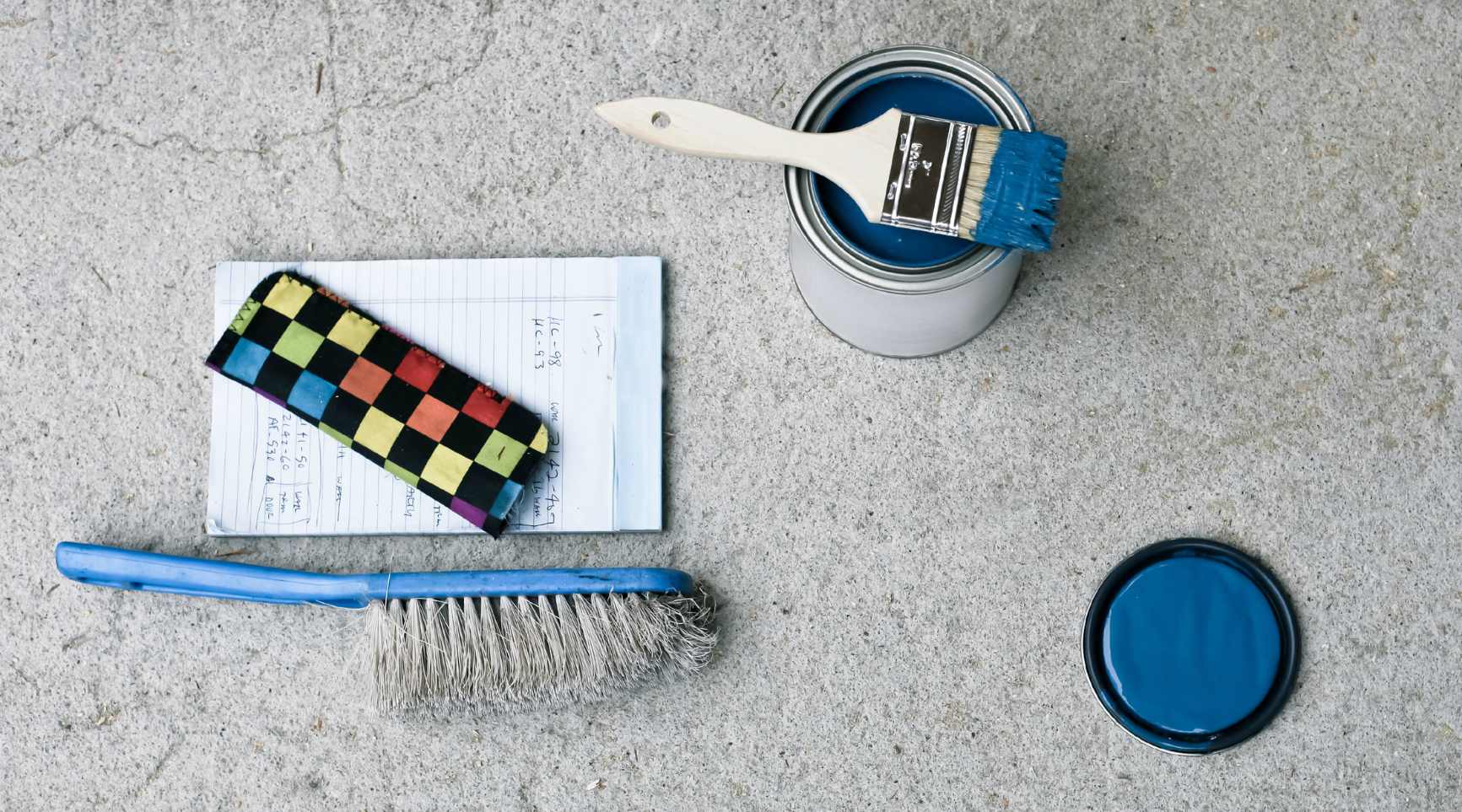
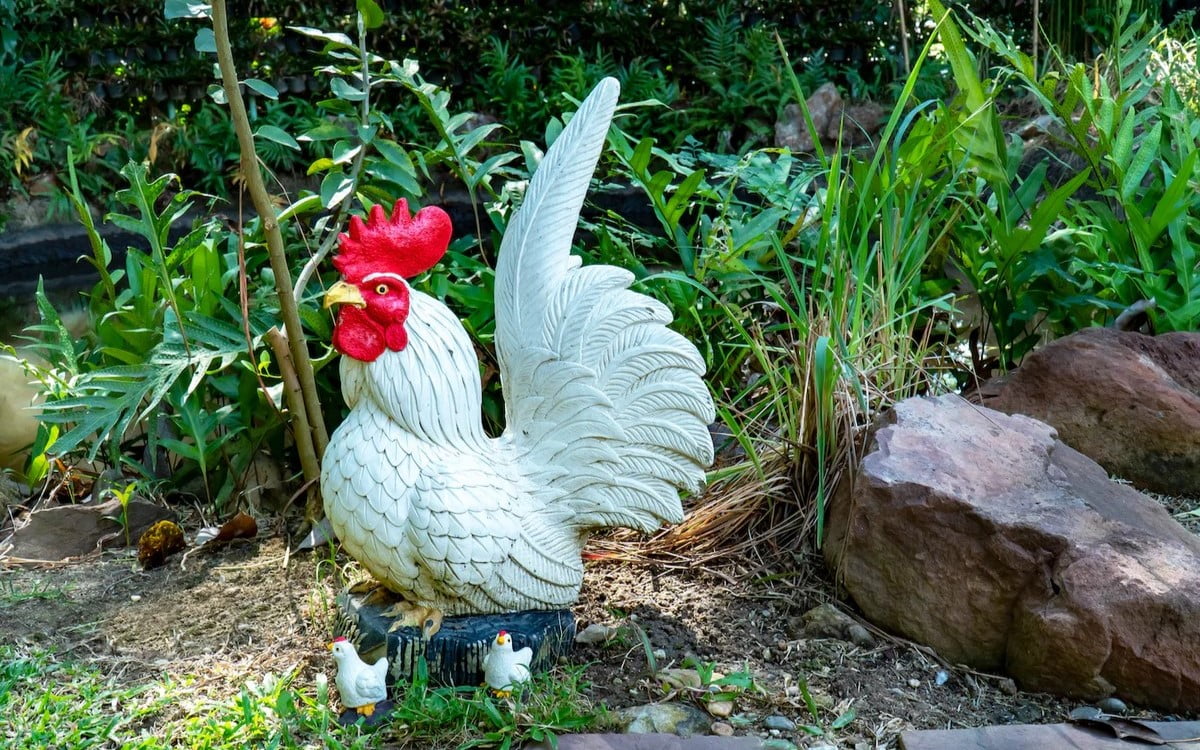
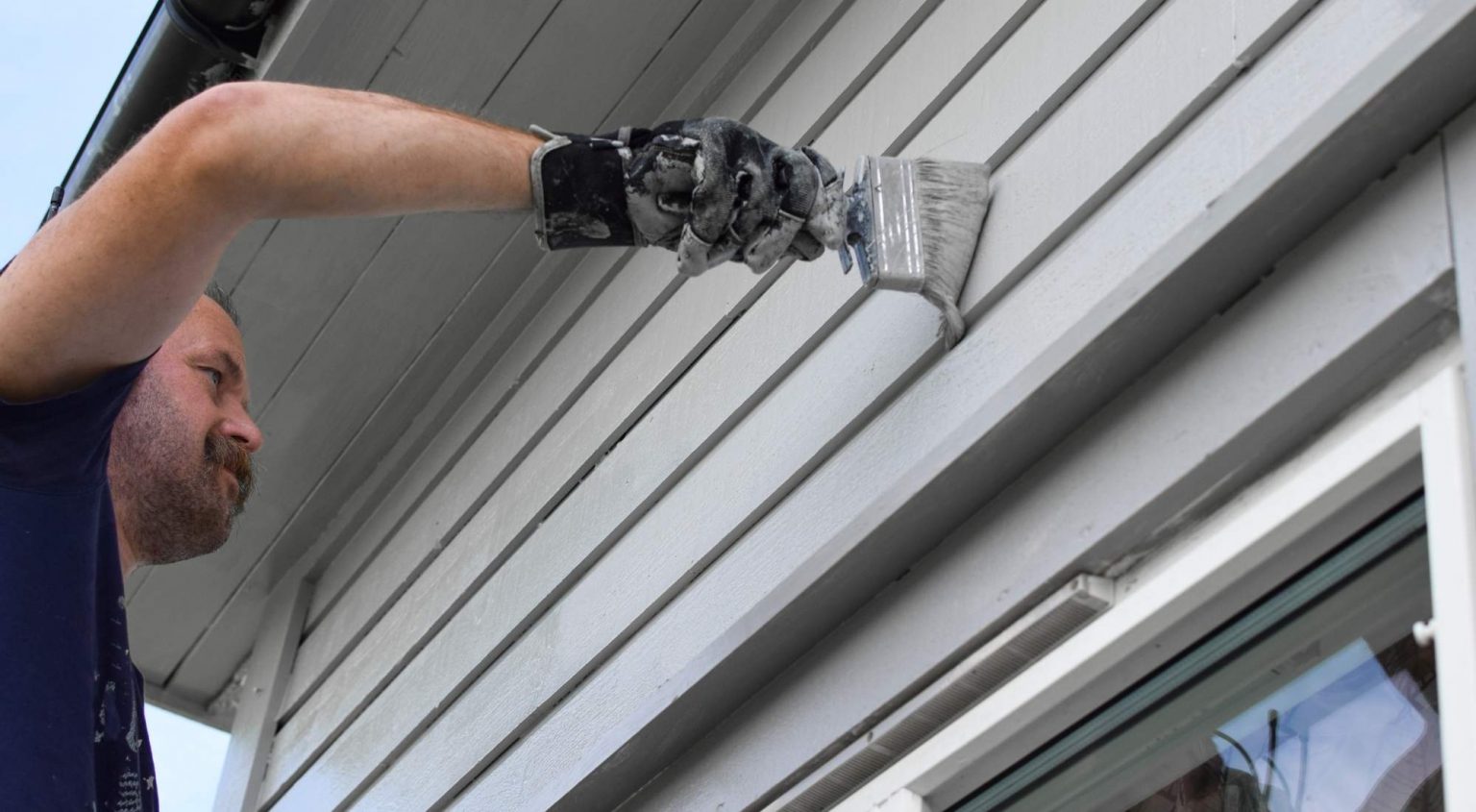
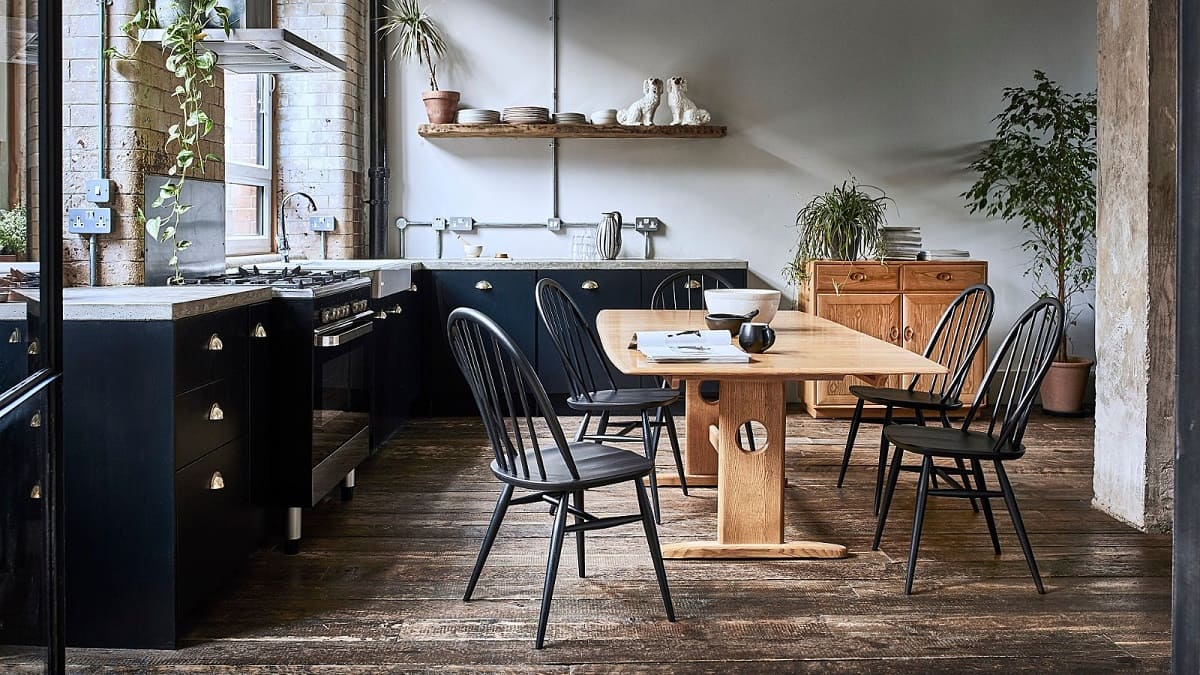
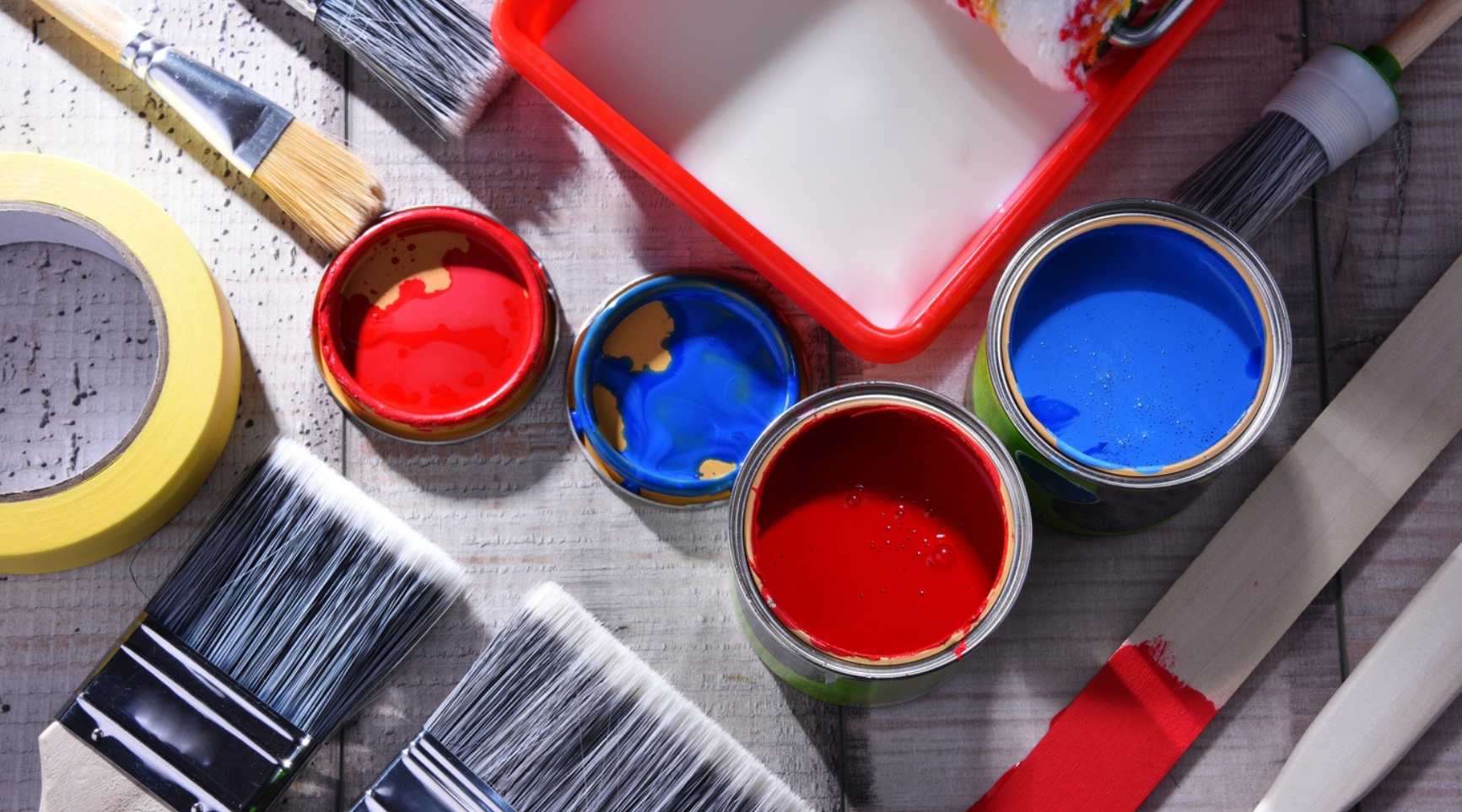
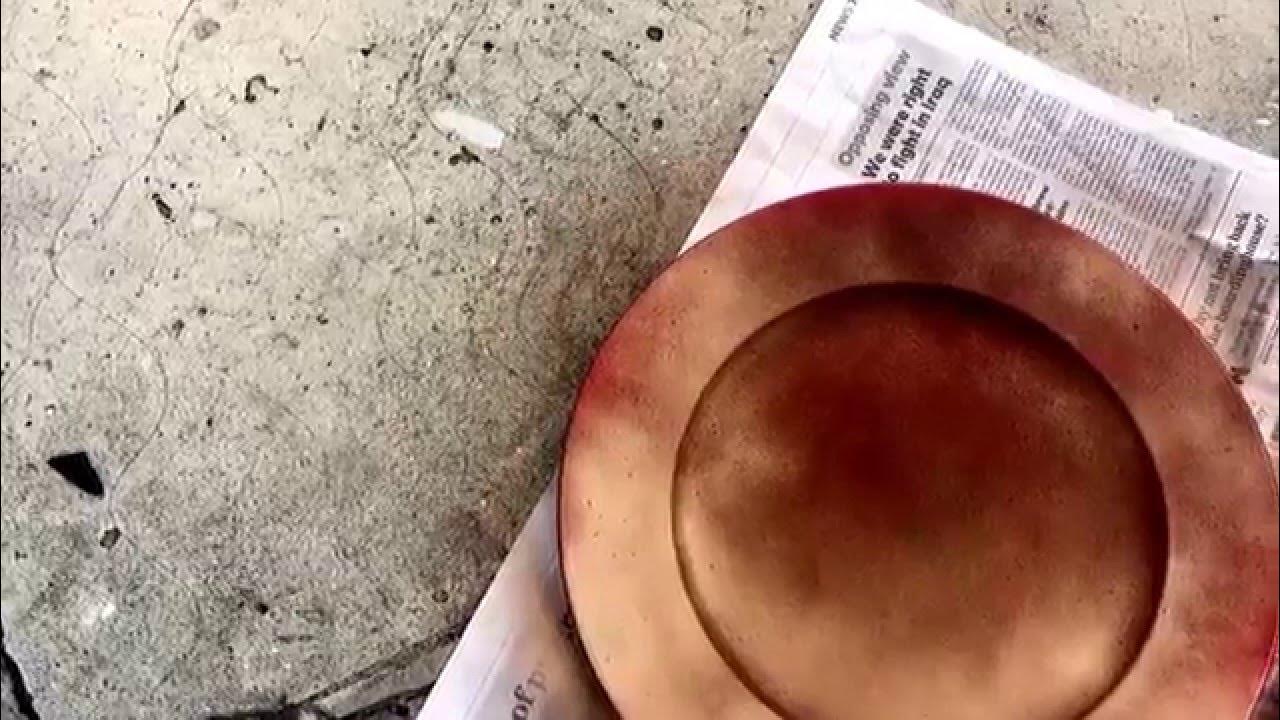
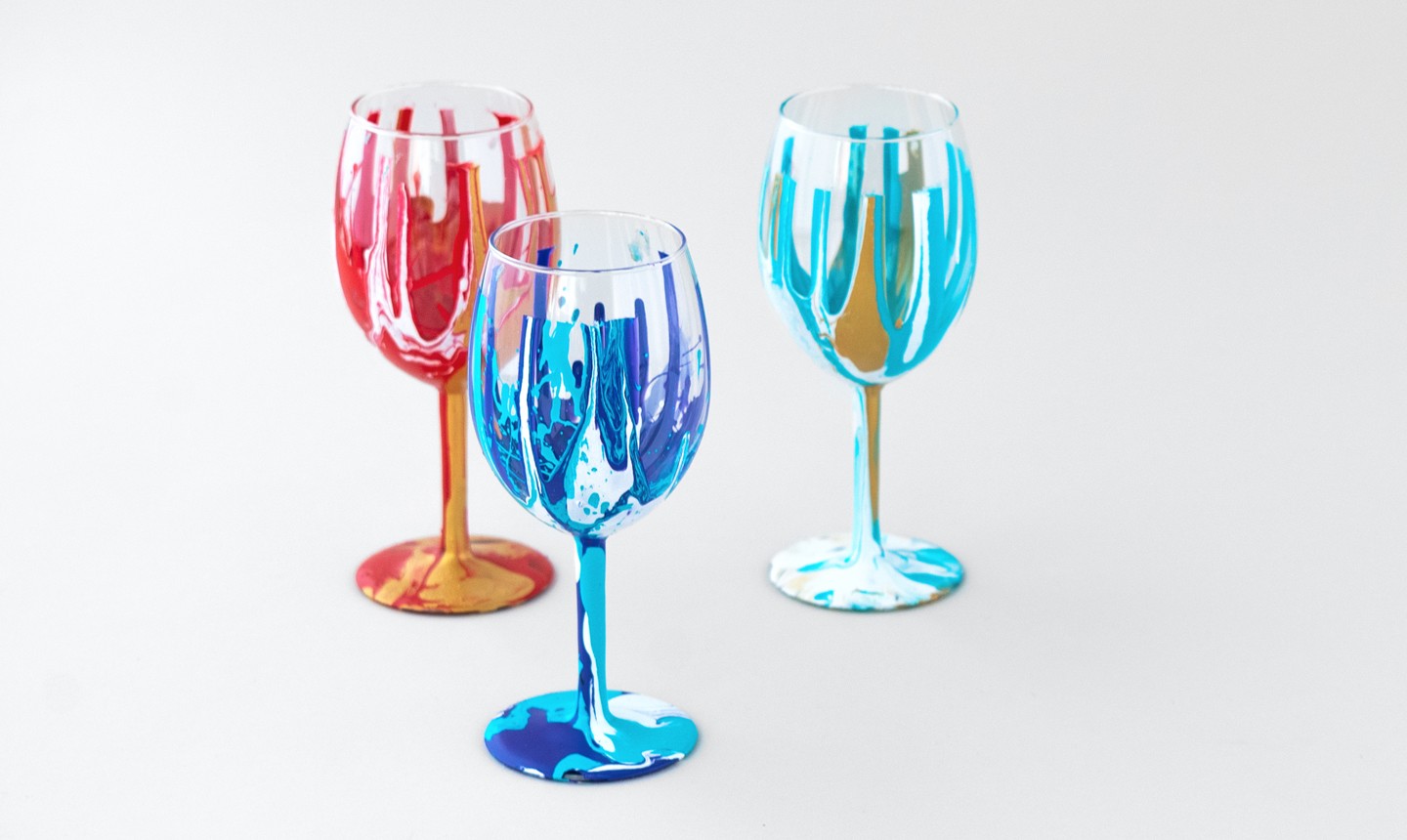
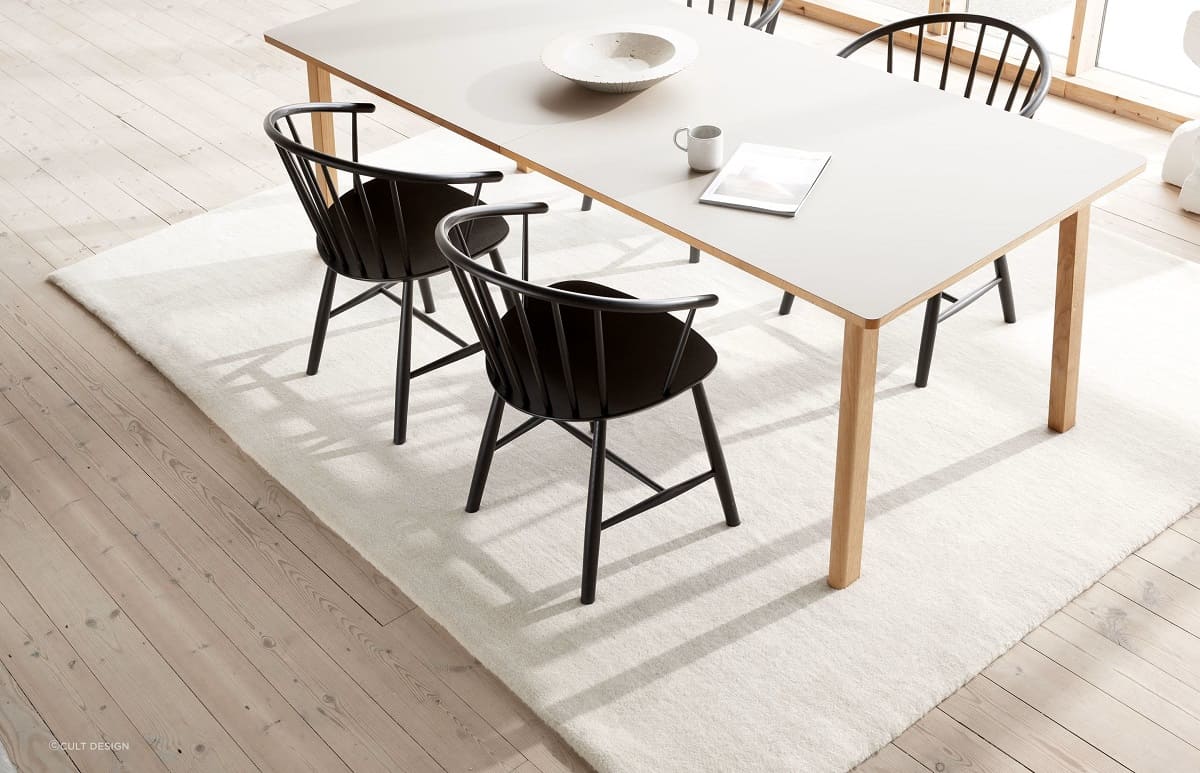
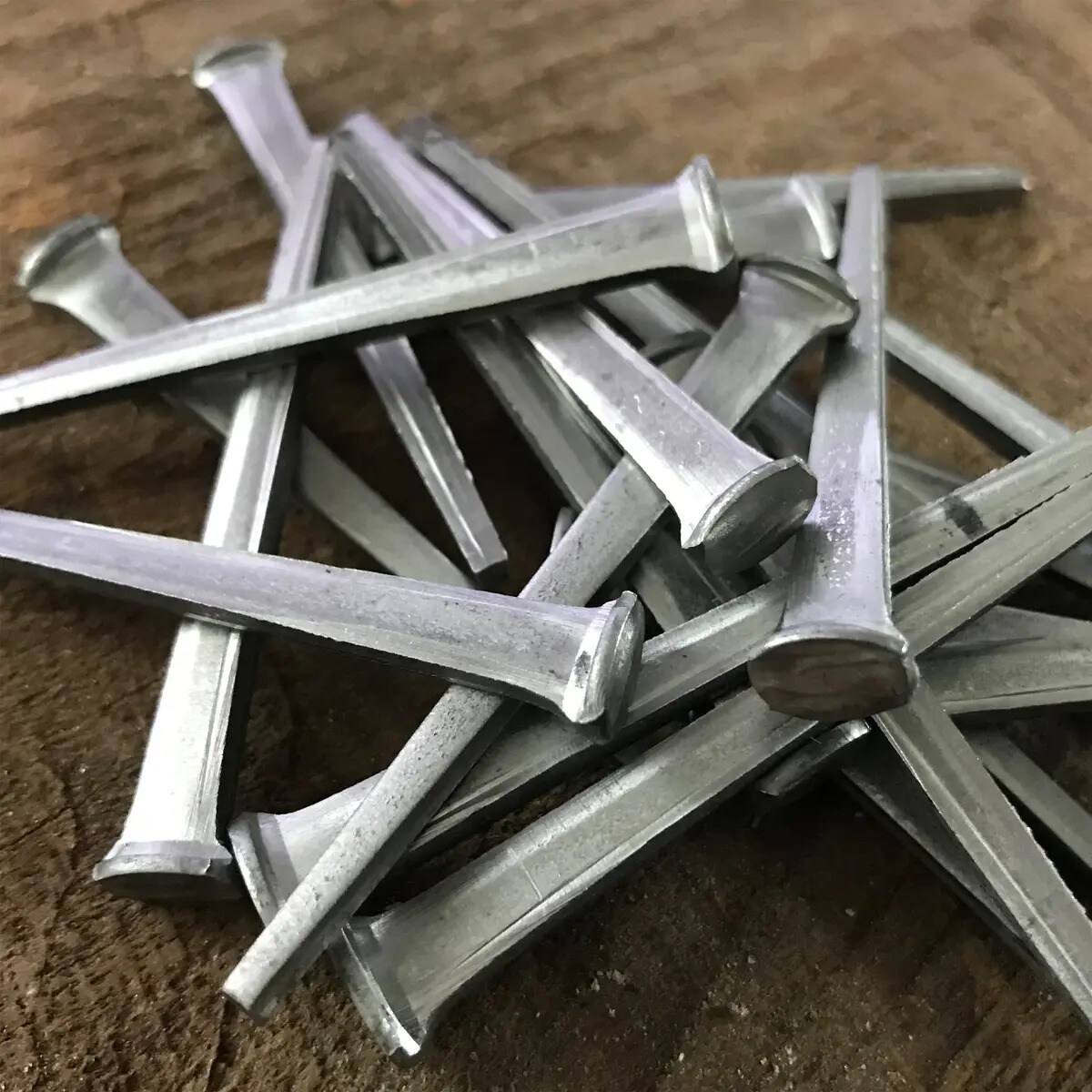
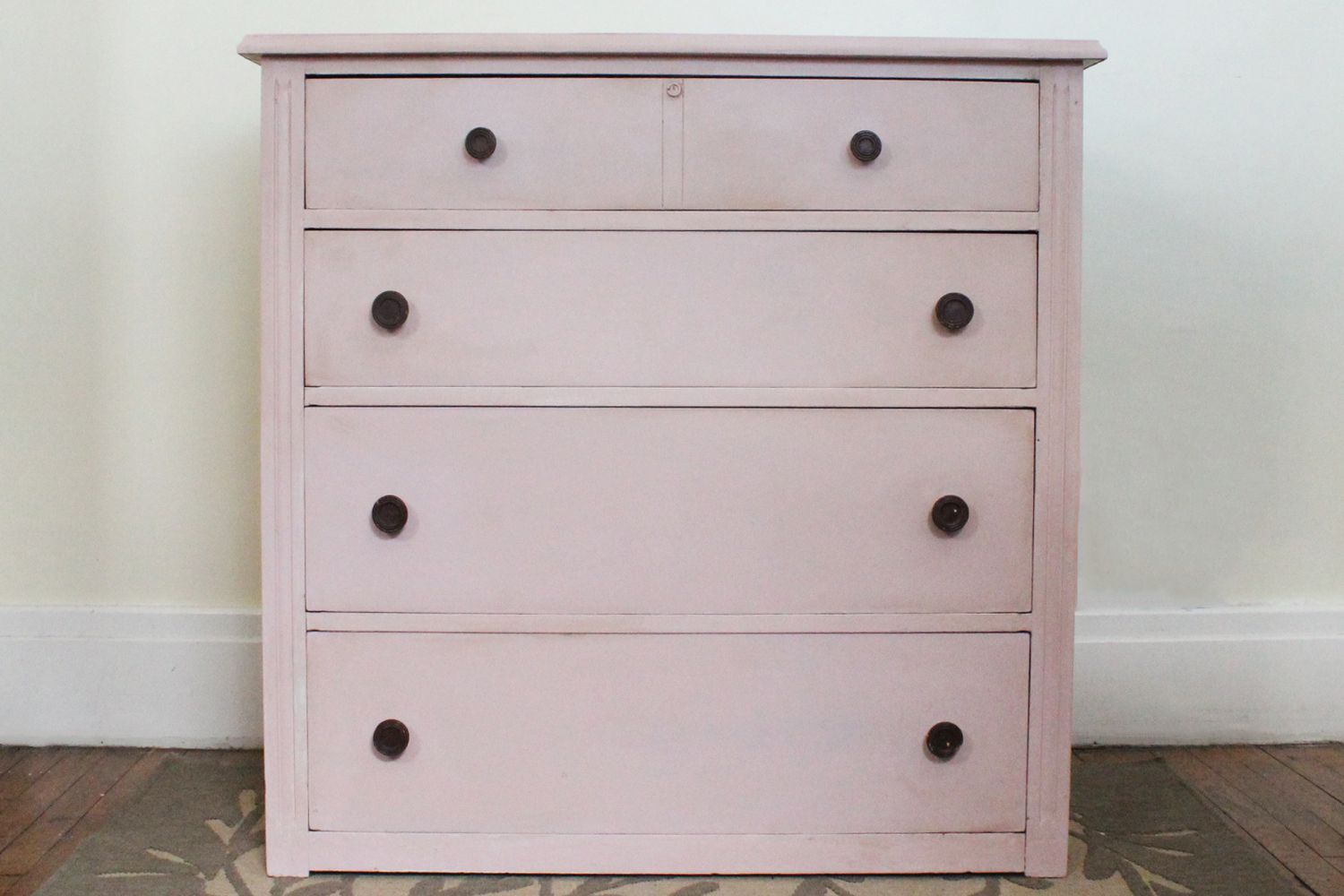

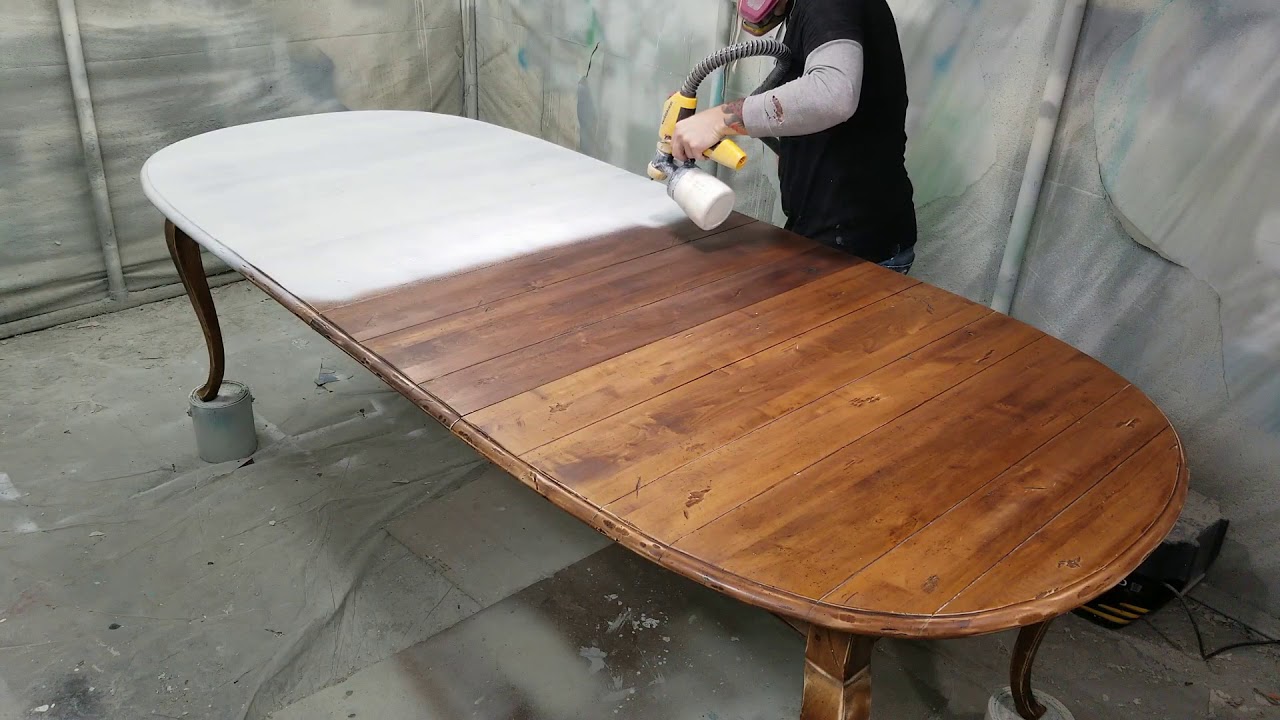
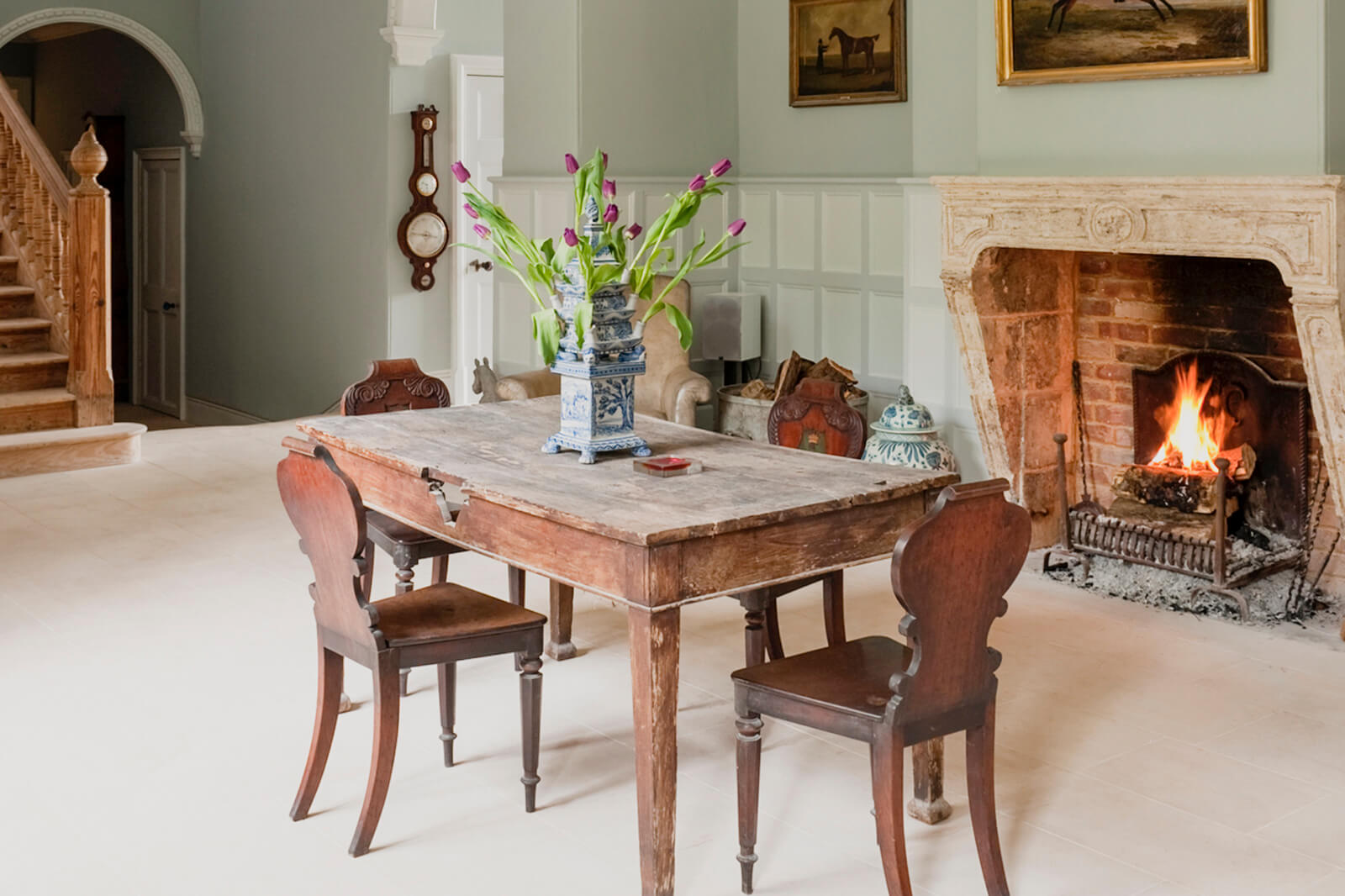

0 thoughts on “What Kind Of Paint Do You Use On A Dining Table?”